Morel mushrooms may be the heart of foraging activity in Nebraska, but the spring gathering of wild plants in the countryside for the table goes well beyond fungi. Consider, wild asparagus.
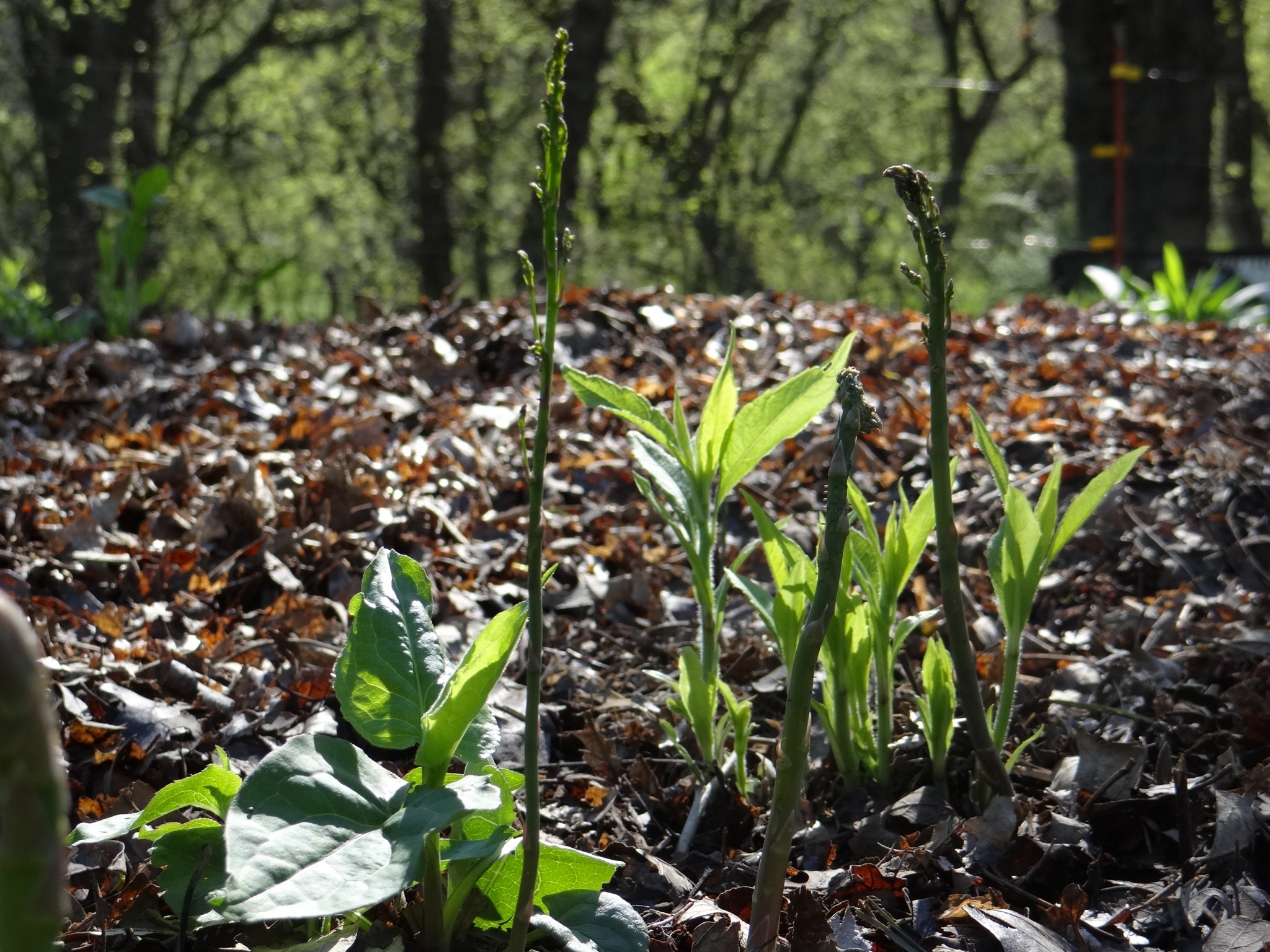
Tender, succulent and with a flavor zest that combines subtle sweetness and slight bitterness, it doesn’t taste anything from the produce section of your large supermarket!
Wild asparagus has high nutritional value. It is about as Paleo as it gets. Whether cooked or eaten raw, it is packed with vitamins, minerals, and antioxidants as well as a glutathione, (found in very few vegetables) a supposed cancer fighter, that detoxes by breaking down carcinogens and other free radicals.
It was a book about wild asparagus, not morel mushrooms, that launched the contemporary foraging movement that we know today. Euell Gibbons called it “stalking” in his 1962 best selling book, Stalking the Wild Asparagus.
Unlike picking morel mushrooms, gathering wild asparagus remains somewhat of an under-the-radar pursuit and a true scavenger hunt. Wild asparagus is easy to identify, but difficult to find in the countryside. Unlike a morel mushroom hunt, you really have to slow down and focus on plants almost using a different set of eyes. I believe searching for wild asparagus instills a deeper appreciation of the natural landscape and the flora growing in it.
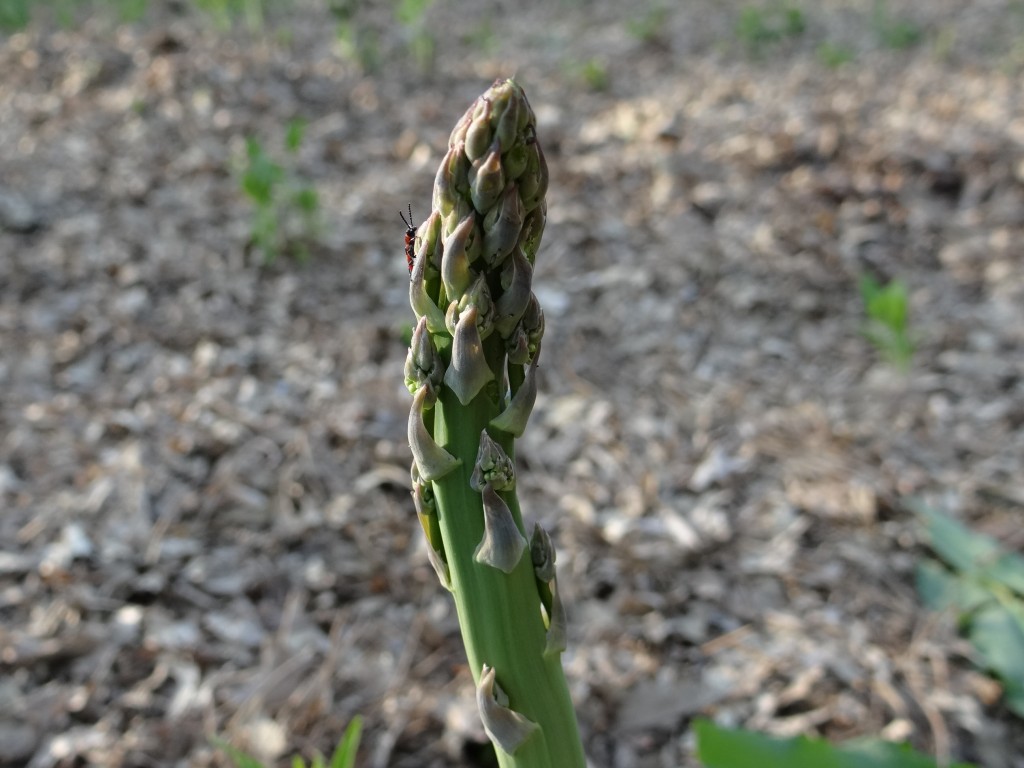
So, now you are asking: Where does a person actually locate wild asparagus (botanical name Asparagus officinalis)? This herbaceous perennial vegetable prefers sunny spots, or semi-shaded spots, along with rich, fertile, organic soil with moisture content around water — along ditches, roadsides, fence rows, pastures, meadows and even around old farmsteads.
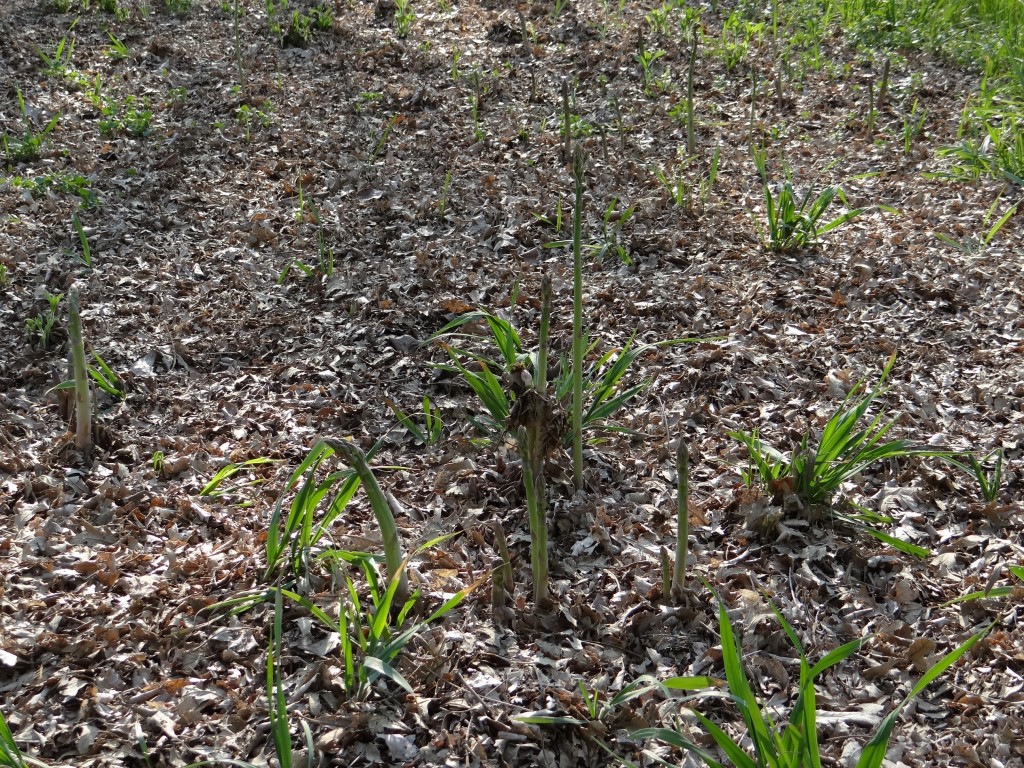
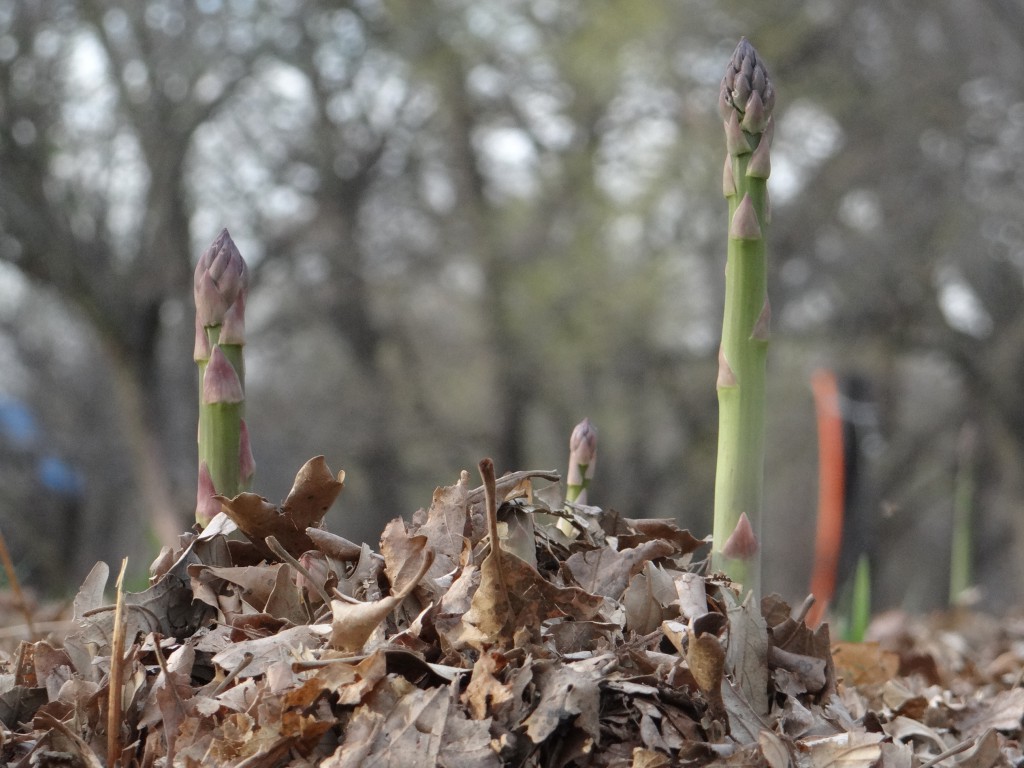
The real secret to finding wild asparagus is to hunt for it in the fall. You can’t miss the feathery, bright yellow plants. And, once you know where the plants are, you’ll know exactly where to look for the spears in the springtime.
You can easily see wild asparagus in the middle of summer as well. When the plant “goes to seed,” the asparagus sends up a bushy, green, ferny stalk about 2-4ft. There are often a few in a cluster and they are easy to spot.
Patches of wild asparagus are seldom revealed. As a hunter-gatherer, I equate my not giving my location of wild asparagus to not giving the location of a trophy white-tailed deer buck. When someone questions me about my prized, wild-growing asparagus patch, I normally say something like this: “You’ll find the location of it somewhere west of Omaha, east of Lexington, north of Superior and south of Niobrara.”
Before you go searching for wild asparagus, make certain that you have landowner permission, know your boundary fences and that the area has not been sprayed with harmful chemicals. As with any wild edible food, offer to share some of your harvest with the landowner.
Wild asparagus produces new shoots from the roots, sometimes for several decades. If you do not damage the roots, you can harvest asparagus from the same patch, as I do, every year throughout the spring. It’s one of the fun things to do in Nebraska’s great outdoors!
IMPORTANT NOTES ABOUT WILD ASPARAGUS
*A plastic grocery bag doesn’t work well for collecting morel mushrooms, but it does for gathering stalks and spears of wild asparagus. Check for new spears growing around last year’s growth, called ferns, which should be dry, tan fronds approximately 3-4 inches tall.
*Cut each spear as close to the soil level as you can. Typically, you can cut three or four spears from each plant at a time.
*The longer the spear grows, the woodier its base of the stem is. The ideal wild asparagus spear for harvest is about 8-10 inches long.
*Asparagus plants will continue to grow new spears for around a month or more. New spears can be collected about every three to five days.
*Fat asparagus and skinny asparagus are equally tender. Just because they are larger, doesn’t mean they will be tough. In fact, I prefer the thicker spears! The girth of the spear comes from genetics and plant age. Toughness comes from the age of the spear that season, so taller means tougher.
*Though it’s best eaten fresh, after rinsing with clean water, cut wild asparagus will stay edible for up to a week in the refrigerator. Stand the asparagus up in a glass or jar with about an inch or two of water, making sure all the ends are sitting in the water. I’ve found that a 2-cup measuring cup is a great container. Then, cover the asparagus spears loosely with a plastic grocery bag. You can also blanch wild asparagus to freeze it for later use if desired.
*Cook wild asparagus lightly in olive oil and garlic, or brush it with olive oil and grill it. Coating the asparagus with olive oil, rosemary, salt, and pepper is also a wonderful way to enhance its flavor.
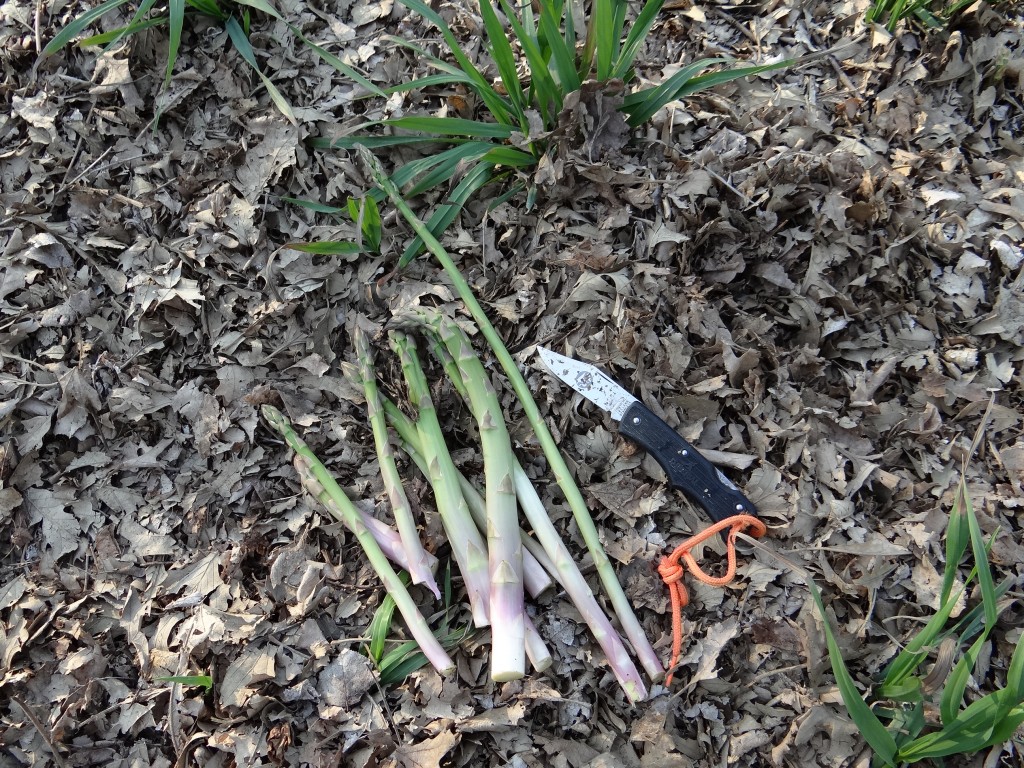
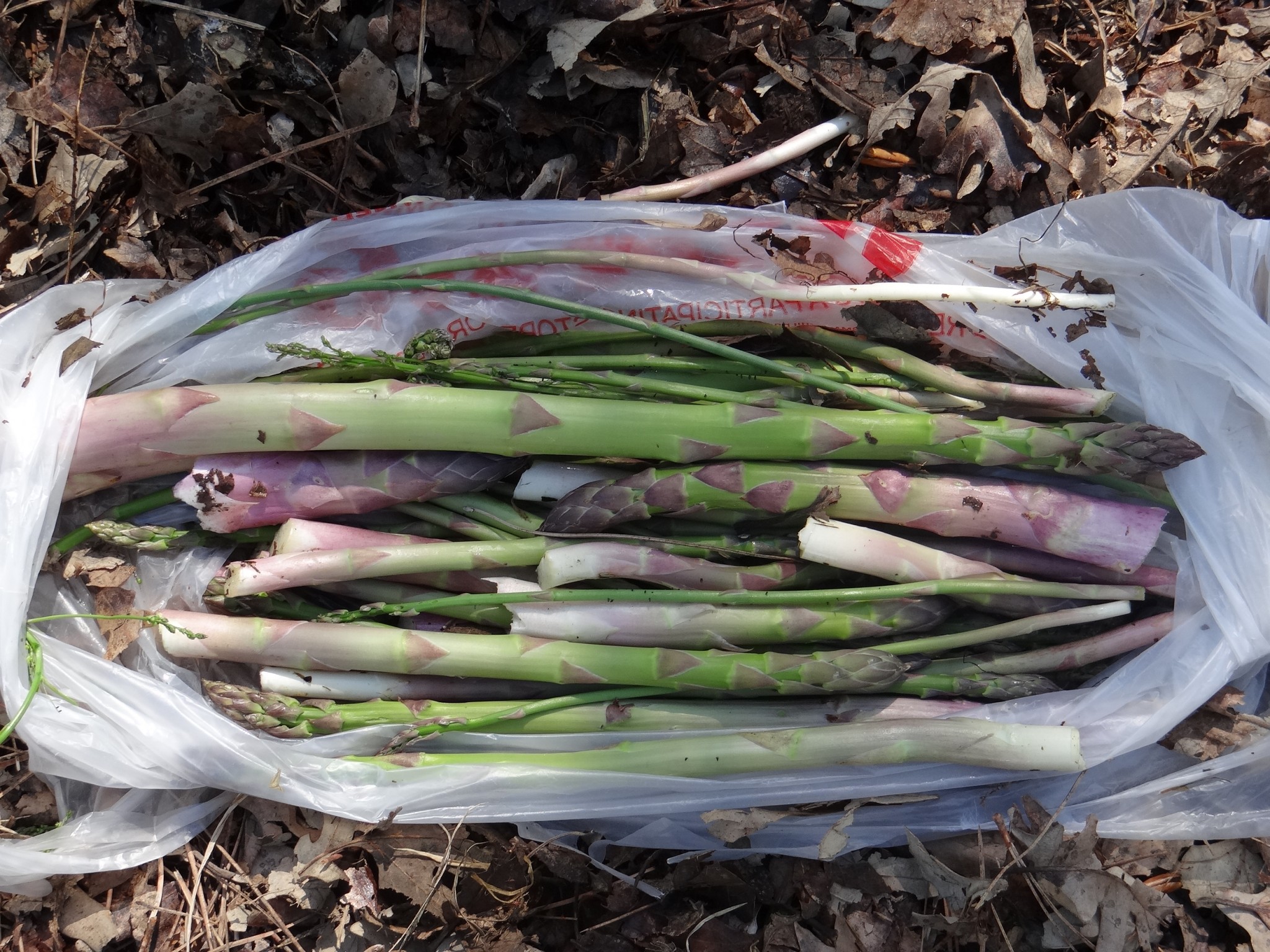
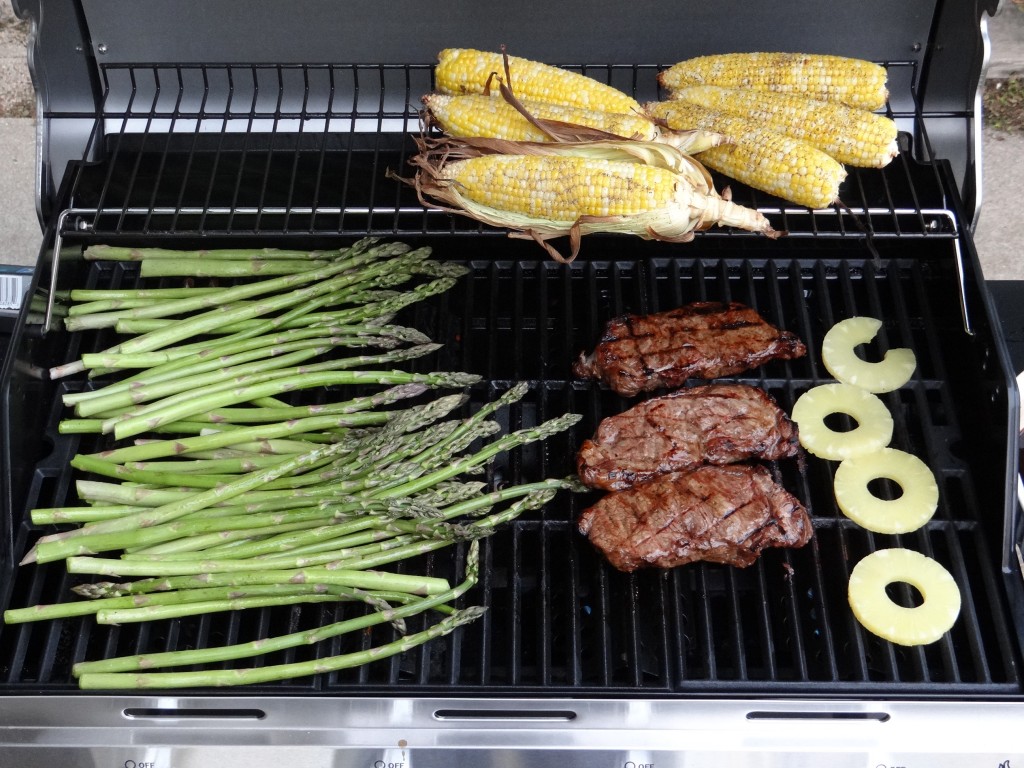

Happy foraging for wild asparagus!
The post Wild Asparagus! appeared first on NEBRASKALand Magazine.























